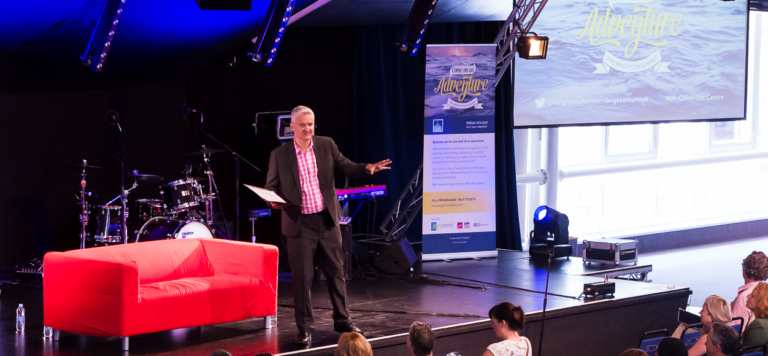18th May 2016
Planning your presentation
Preparing for a presentation starts well before you open the dreaded PowerPoint or even before you start jotting down notes.
The first step should be to think ‘W.I.I.F.M’ – or What’s In It For Me? What do you want to get out of the presentation? What’s the incentive for you? Do you want to let your peers know about your latest research or new technique? Or do you want to encourage consumers to make educated decisions about any planned treatment – or to come to your website to make an appointment? Set yourself an objective for the presentation and check to make sure you’re meeting that objective when you’ve finished your preparation but before you head to the podium.
At the same time, bear in mind that any audience member will also be asking ‘What’s In It For Me’ as they sit there waiting for you to start, so have a think about their objective. Why are they there? What do they want to get out of your presentation? Knowledge about new treatments? Reassurance that they’re making the right decision? Or just entertainment at the end of a long conference day? It’s your job as a speaker to ensure you meet those objectives as well as your own – and that can be a tricky balancing act.
The other information you need before you start preparing is to know exactly what it is you need to prepare. Who’s in the audience? How many of them are there? If it’s an external event, what’s the brief from the organiser? If it’s your own event (or even just a team meeting), what’s the purpose of that event? How long have you got? What technical facilities are going to be available? Where’s the venue? This checklist can be long but doing the fact checking now will make the whole experience far less stressful and help you deliver a much better presentation.
Next you need to decide how you’re going to guide yourself through your presentation. The strongest advice I can give you is NOT to write yourself a script to read. Reading out a presentation or speech is the quickest way to send your audience to sleep and fail to meet both your and their objectives for the session. Read speeches are almost without fail dull, monotonous and completely un-engaging.
Much better is to give yourself a series of prompts, to guide you through your presentation and ensure you cover all the salient points. I often use postcards with about three bullet-points on each. Each postcard covers a different topic and allows me to see at a glance what I should be talking about next. One tip if you’re using postcards is to make sure they’re numbered in the top corner so if you drop the deck (and it does happen), you can quickly and easily get them back in the right order. Find what works for you – bullet points, mind maps or flow charts can guide you from introduction to conclusion.

